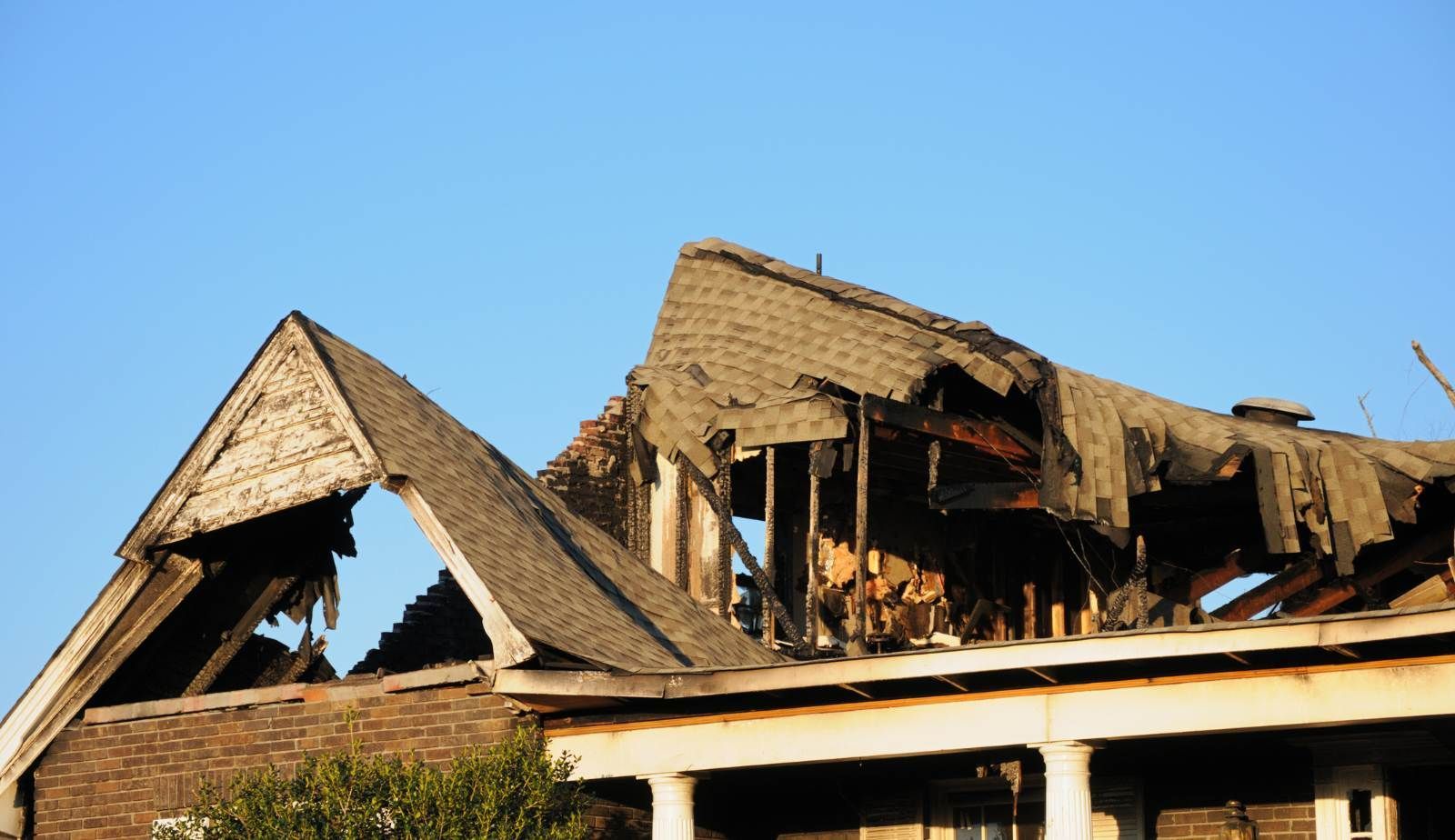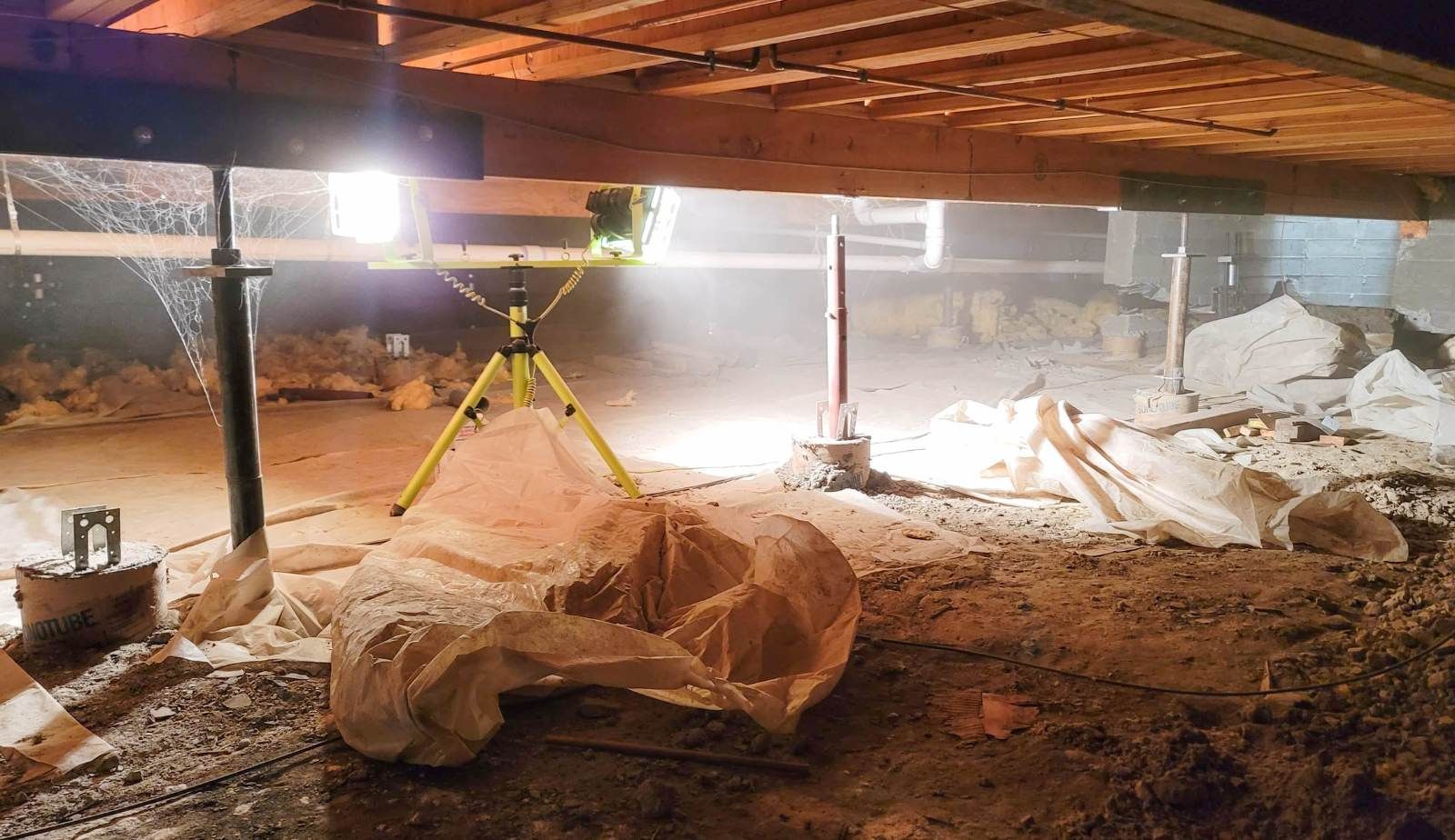How to Identify Hidden Water Damage in Ville Platte Properties
Dealing with Hidden Water Leaks & Water Damage
When dealing with water damage in Louisiana homes or businesses, time is key. After a major leak or flood, the professional water extraction & dry out needs to be completed in a timely manner. Unfortunately, when the water damage is hidden, time is not on your side. Not all water issues will be visibly apparent like inches of flood water in your basement, a major pipe leak soaking your kitchen or a toilet backup flooding your bathroom. Oftentimes, leaks are slow and hidden from plain sight. In cases of hidden moisture issues, the moisture most likely already caused noteworthy damage by the time of discovery.
How Do I know If I have a Hidden Water Leak?
Hidden water issues can be especially damaging to your building structure given the time often allotted before discovery. Louisiana property owners don’t need a major flood or obvious pipe leak to end up with significant water damage. Once water is loose indoors, it can flow anywhere and cause all kinds of damage to your building materials and compromise the structural integrity of the building, putting everyone at risk. Unknown leaks are common because most plumbing is covered by walls, cabinetry or just stuff. Roof leaks can be easy to miss because we don’t just casually hang out up there, so we might not find a roofing issue right as it happens.
Whether it is a hidden water leak from a pipe behind a wall or a slow roof leak into the attic and ceiling void – by the time you see the damage, the water has saturated the surrounding materials to become visibly apparent. While spotting a hidden water issue may not be very easy, the devil is in the details. Underlying water damage often presents signs—you just need to know where to look.
- Signs of Mold– when dormant mold spores come into contact with moisture, the spores with develop and spread in 24-48 hours. Signs of mold growth often means an underlying moisture problem. Mold caused by a hidden leak often present visual concerns and musty odors. If you suspect a mold problem, a professional mold inspector in the Ville Platte area can determine the full extent of the contamination and what caused it.
- Peeling Wallpaper or Ceiling Finishes– When water from a hidden leak begins to saturate your building materials, it will begin to compromise the adhesive on any wall finishes or ceiling finishes. If there is prolonged exposure to moisture in a specific area, you will likely begin to see the finishes pulling away (i.e: peeling veneer, bubbling wallpaper or rippling wallpaper).
- Staining & Discoloration– Dark, unexplained staining or discoloration is often the most telling sign that there is an underlying problem just beyond the surface. When water seeps into wall voids or ceiling voids and begins to saturate the building materials, it will often manifest as staining or blotching on the exposed side of the wall or ceiling.
- Swelling– Porous materials will begin to swell with prolonged exposure to moisture. The subtle swelling will become visible apparent with time as the materials become more saturated. In time, you will see the effects on wood, drywall, floor and other porous building materials.
- Swollen door casing or door alignment– As water absorbs into your door jamb, the jamb will swell and affect the alignment with your door. The swelling is often subtle and difficult to see, but you will feel it. The doors, of the affected jambs, will slowly become more and more difficult to open and close.
- Floor effects– Water naturally seeks out the lowest level of any structure and will seep under floor coverings (i.e.: carpet, tile, vinyl, etc.). Once the water permeates any floor coverings, it will soak into the sub-floor. If your flooring has been affected by hidden water damage, you will begin to notice floor effects like cupping, warping, rippling or other affects.
- Baseboards/trim separating from the wall– As building materials begin to swell, materials that were once flush against each other will begin to expand, warp, bend and push against one another and force material separation. As water saturates your walls, you will see baseboards and trim beginning to pull away.
- Sagging walls and ceilings– Water saturated materials can get pretty heavy and compromise the structural integrity. The more water that gets absorbed into your walls and ceilings, the heavier they get. With time, the excess weight will force your walls and ceilings to sag. Eventually, saturated drywall and ceiling materials will begin to deform, buckle and possibly collapse if not addressed in a timely manner.
Water Damage Cleanup Services in Ville Platte Louisiana
For property owners in the Ville Platte area who recently uncovered significant water damage, there are professionals trained to help. Water restoration pros like DryMax Restoration are experienced in dealing with residential and commercial water damage issues. Trained technicians are trained and equipped to extract flood waters and perform structural drying to return the pre-incident conditions. To learn more about water damage cleanup services near you, call our local Louisiana office today – 337-857-3670.
You might also like
DryMax Restoration Blogs




